The Aviation Instrument Sand and Dust Test Chamber is an equipment specially designed to simulate extreme sand and dust environments in order to evaluate the protective performance, abrasion resistance and reliability of aviation instruments (such as altimeters, airspeed gauges, gyroscopes, navigation equipment, etc.) under harsh conditions such as sand and dust. Since aeronautical instruments need to maintain high accuracy and reliability during flight, it is crucial to ensure their normal operation and safety in sand and dust environments. The following are the detailed information about Aviation Instrument Sand & Dust Test Chamber:
1. Functions and Uses
Simulation of sand and dust environment: Through the sand and dust generating device, sand and dust are generated and circulated to simulate the sand and dust environment that may be encountered by the aviation instruments in the actual flight, such as desert storms and dust.
Dustproof performance test: Evaluate the dustproof performance of aviation instruments in a dusty environment to ensure that their internal components are not subject to dust intrusion, which may affect their accuracy and reliability.
Comprehensive test: In addition to dustproof performance, the instrument can also be tested for its performance under different temperature, humidity and airflow conditions, as well as its mechanical and electrical performance.
2. Test standards and methods
RTCA DO-160: Aeronautical Radio Technical Committee (ARTC) standard for environmental conditions and test procedures for airborne equipment, which includes requirements for sand and dust testing.
MIL-STD-810G: U.S. military standard specifying environmental engineering considerations and laboratory test methods, including sand and dust testing.
ISO 12103-1: International Organization for Standardization standard for road vehicles - Environmental conditions and tests, specifying methods for sand and dust tests.
IEC 60529: International Electrotechnical Commission standard for the testing of enclosure protection classes, specifying dust test methods for IP5X and IP6X.
GB/T 2423.37: Chinese national standard, which specifies the method of sand and dust test in the environmental test of electrical and electronic products.
3. Test steps
1.
Initial test: Under the standard environmental conditions, the aviation instrument is subjected to the initial test of appearance, basic function and electrical performance.
2.
Sample placement: Place the instrument in the test chamber to ensure that it is in normal working condition.
3.
Setting Parameters: According to the test standards or customer requirements, set the parameters such as dust concentration, airflow speed, temperature, humidity and test time.
4.
Start the test: Start the test chamber, start the sand and dust test.
5.
Continuous monitoring: During the test, monitor the performance and status of the instrument periodically and record the relevant data.
6.
End of Test: At the end of the test, take out the meter, carry out appearance and function check, and evaluate the test results.
5. Evaluation Criteria
Appearance inspection: Check whether there is any sand and dust deposited on the surface of the instrument and whether there is any sand and dust entering into the sealing part.
Function test: Test whether the functions of the meter are normal and whether it is affected by sand and dust.
Sealing test: Evaluate the sealing performance of the instrument to make sure that the sand and dust will not enter into the interior and affect its normal operation.
Electrical performance: Test whether the electrical performance of the instrument is affected, such as insulation resistance, contact resistance, etc..
Mechanical performance: Test the mechanical performance of the instrument in the sand environment, such as structural strength, connection firmness, etc..
Accuracy test: Test the accuracy of the instrument in the sand and dust environment to ensure that its measurement accuracy is not affected.
4. Application Areas
Aerospace Manufacturing: Aerospace manufacturers test the sand and dust performance of aviation instruments to ensure their reliability in various environments.
Aviation repair and maintenance: Aviation repair and maintenance organizations are used to test the sand and dust performance of aviation instruments to ensure that they comply with the relevant standards.
Quality Inspection Organization: Quality inspection organizations are used to test the sand and dust performance of aviation instruments to ensure that they comply with aviation safety standards.
R&D department: The R&D department is used to test the sand and dust performance of newly designed aeronautical instruments to evaluate their protection capability.
5. Precautions
Safe Operation: Operators should wear protective equipment, such as dust masks and protective glasses.
Equipment Maintenance: Regularly inspect and maintain the equipment to ensure proper operation, especially the sand and dust generator and airflow control system.
Recycling of sand and dust: Recycle the sand and dust in time after use to avoid environmental pollution.
Temperature and humidity control: Ensure the uniformity of temperature and humidity in the test chamber to avoid localized overheating or overhumidity.
Environmental control: Keep the test environment clean to avoid external sand and dust affecting the test results.
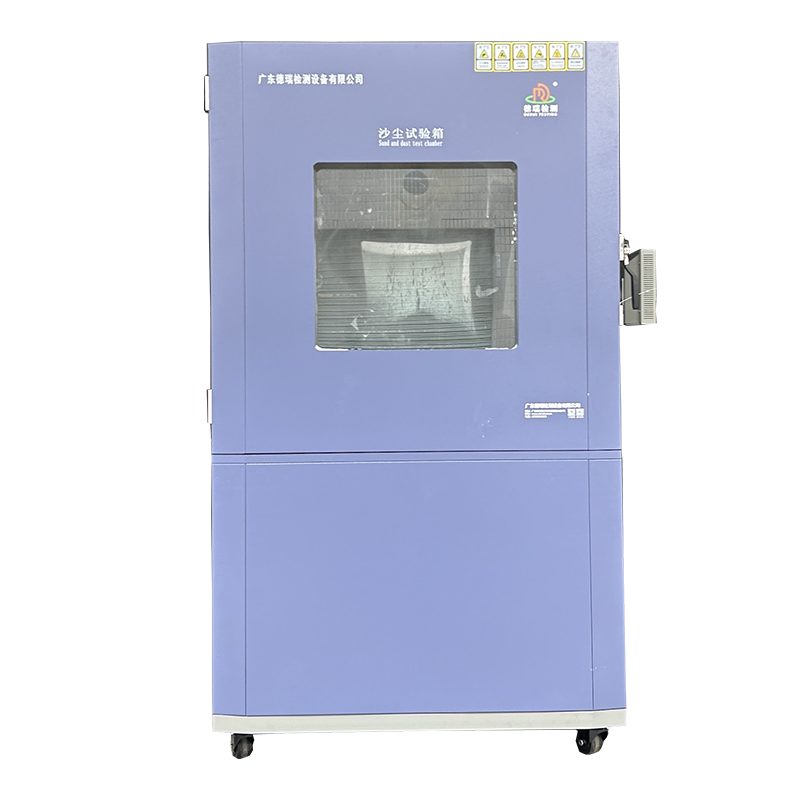




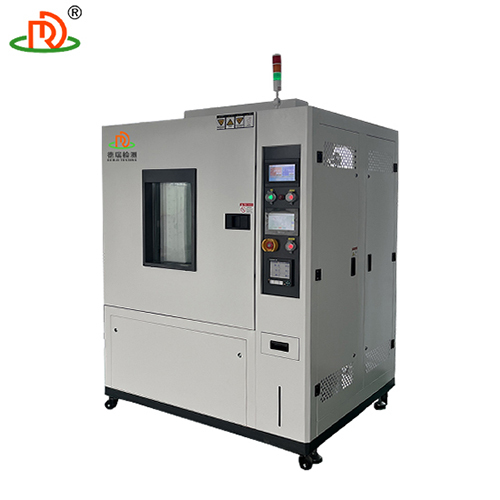
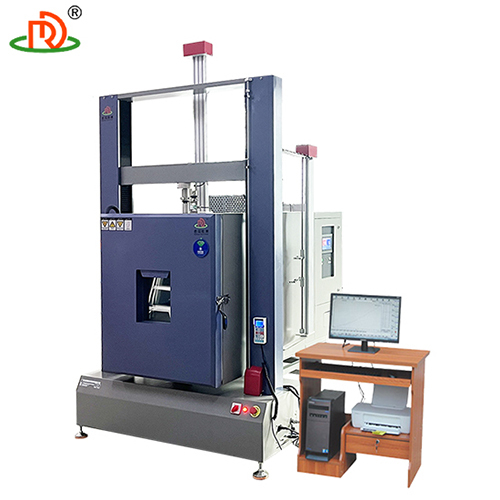
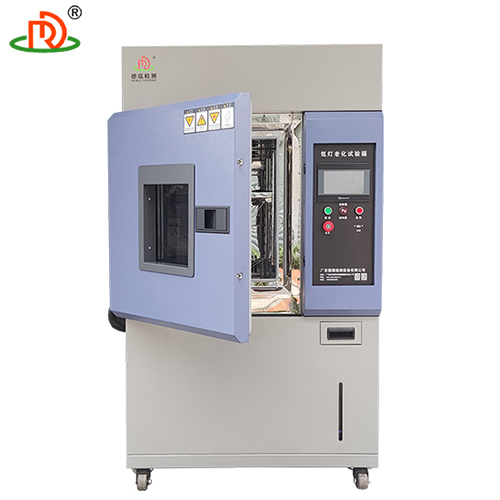
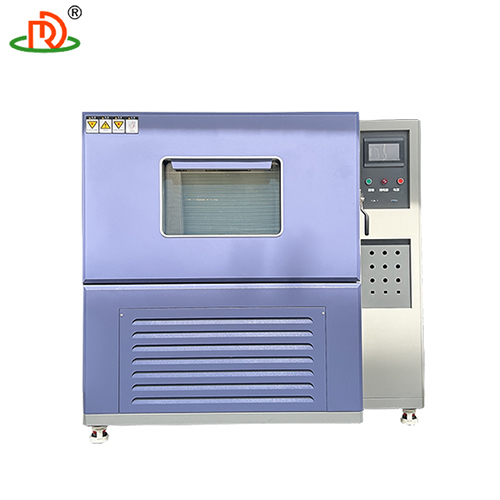

 English
English Spanish
Spanish French
French German
German Italian
Italian Chinese (Simplified)
Chinese (Simplified) Japanese
Japanese Korean
Korean Arabic
Arabic Portuguese
Portuguese